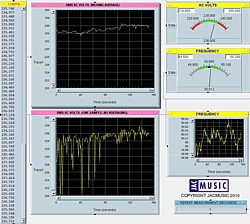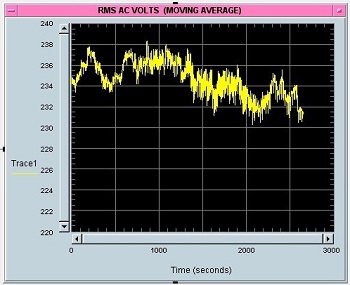Power Supply transformers
Description
A power supply transformer is more than just a piece of metal, which supplies AC voltages. Actually it builds the interface between the equipment and the outside world. Short and drilled wiring is recommended for the direct mains voltage to switch, fuse and transformer primary itself. Care has to be taken while drilling, there is always a "supply" wire and a "return" wire drilled as a pair. Loosely drilling is a pair is already enough..
 All Lundahl C-core mains transformers, are constructed the same way as all audio transformers, and also the same audio grade cores are used.
All Lundahl C-core mains transformers, are constructed the same way as all audio transformers, and also the same audio grade cores are used.
They feature a small air gap. This is to compensate very low frequency (like 0.5Hz, similar to DC unbalance) in the mains outlet, and even in cases of severe mains pollution a small DC voltage can ne present. Such a DC voltage would pre saturate a transformer without air gap, which would result in hum and wave shape distortion. ( higher harmonics of 50 Hz).
Secondary voltages listed, are unloaded voltages. This is useful for the filament voltages. Voltage drop will result from the load of the windings. How much that is, can be calculated from the copper resistance of the used winding, and the current you drawn it. Just use ohm's law. In practice the 6.6V will result in 6.3Volt on the tubes with full load. Thus compensating also a small voltage drop on the tube sockets.
Electrical size is estimated to 250VA, which can be increased with good cooling. For optimized use, about 75% of power should be taken from secondary 1. Primaries should be connected in series for 210 - 250 V, in parallel for 105 - 125V. Table entries are calculated for primary voltage of 230V.
Type | High Voltage | Heater | Heater | Bias Voltage |
|---|---|---|---|---|
| 350V | 5.9V(2x) | 6.6V (2x) | - | |
| 230V | 6.6V (2x) | 6.6V (2x) | - | |
| 350V | 6.6V (2x) | 6.6V (2x) | - | |
| 500V | 6.6V (2x) | 6.6V (2x) | - | |
| 350-0-350 | 4.7V / 3A (3x) | 6.1V / 2A | 70V 100mA | |
| 250V / 0.16mA | 6.6V / 3A | 5.2V / 3A | 48V / 0.1A |
What makes a Lundahl mains transformer so unique?
